During the war, it is important for various units to act in concert. A lot depends on good interaction between commanders and orientation on the ground: from adjusting fire to planning and conducting military tactical operations. All this is impossible without high-quality and stable communication and detailed maps made with the help of space technology.

Satellite communication — Really live transmission
There is almost nothing left intact in the modern war since the times when the commander watched the battle from the hill. The “fog of war” is effectively dispelled by surveillance satellites. The theater of operations can cover thousands of square kilometers, on which dozens of your own and enemy units operate. In such conditions, it is quite difficult to simply avoid disorder, meanwhile it is absolutely critical to ensure meaningful coordinated actions of people who do not see each other.
Modern warfare has left far in the past the realities of twentieth-century wars. At that time, the joint movement of many large units in one direction towards the enemy was considered a normal phenomenon. At the same time, the communication was scarce: a cumbersome walkie-talkie operated by a specially trained man, who, on the commander’s orders, from time to time contacted the higher warlords and exchanged textual information with them. Not to mention the more primitive wiring schemes.
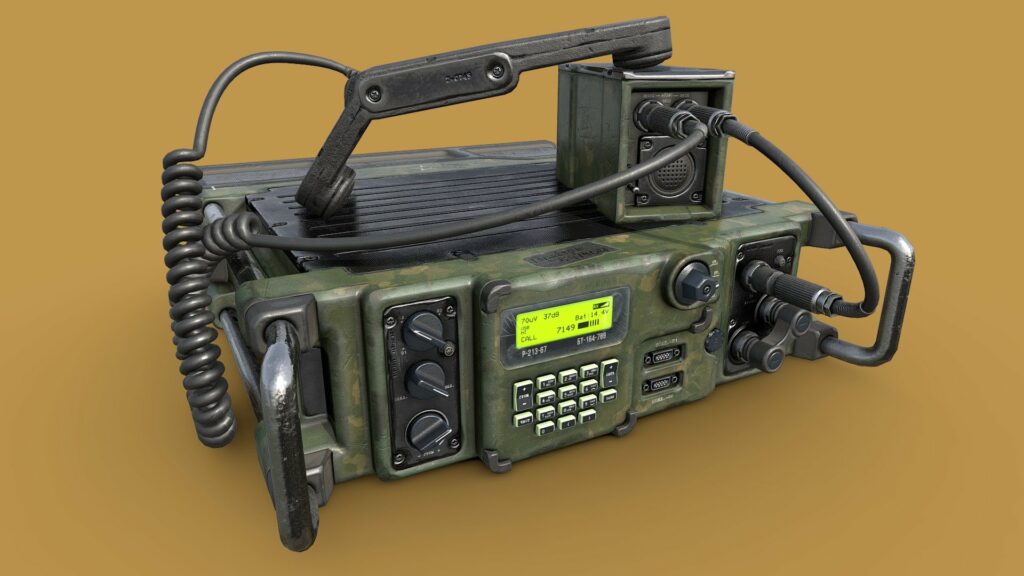
In the XXI century, electronic warfare has become a regular weapon of all armies of developed countries. And the fighting is mostly conducted by small, very mobile units, which try never to reveal their presence before opening fire on the enemy.
In addition, the amount of information exchanged by the military via electronic communications has increased significantly. Now it can be not only the voice of the commander, but also various images, maps, videos, just documents in electronic form. That means you need a full-fledged wireless Internet connection, and encrypted. And this need is best met by satellite Internet.
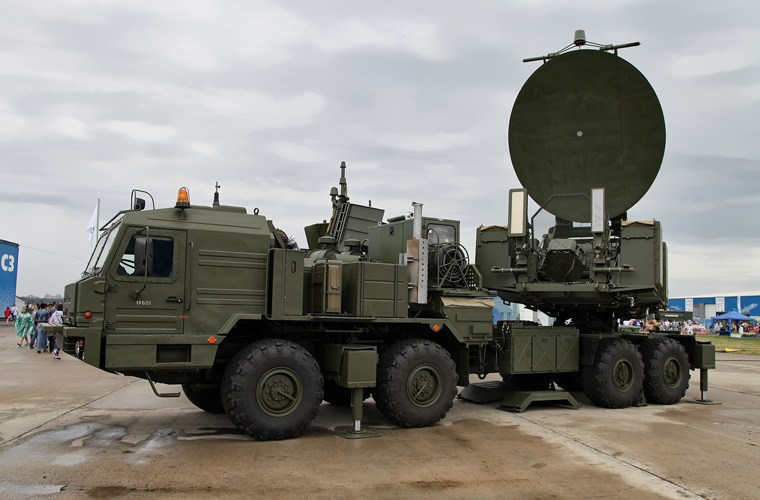
Satellite Internet and communications for the army
Thanks to the digital signal transmitted via satellite, large amounts of any information can be transmitted. For the past two decades, military satellite Internet systems have been one of the US military’s main assets. U.S. Army officers had good communications, were well-versed in the area, had intelligence about the location of enemy’s positions, and were able to call for timely support.
In essence, a communications satellite is just a repeater that receives a signal on one channel and transmits it on another. But not everything is so simple. A single satellite is be able to retransmit the signal only over the territory over which it is currently flying. But the operating soldier has no time to wait until it is over his head. Therefore, it is necessary to create a “constellation” of several dozen vehicles that will move in much higher orbits and at any time “cover” the entire surface of the Earth.
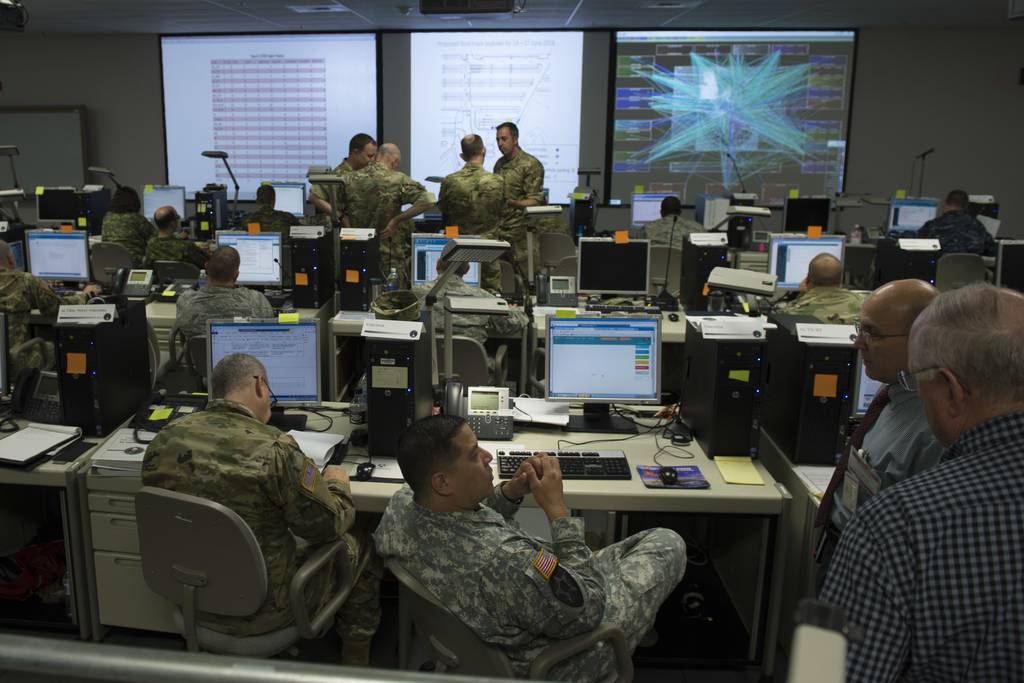
In practice, it is expensive and does not provide high speed internet. Therefore, even the US army during its operations in Iraq and Afghanistan tried not to overload their satellite channels.
Elon Musk’s revolution
The situation changed literally this year thanks to the famous inventor and entrepreneur Elon Musk. For several years now, the owner of SpaceX has been creating a satellite Internet system that would be available all around the globe, regardless of the situation on Earth. To do this, the company launched more than 2,000 satellites into orbit. That’s about two orders of magnitude more than is usually needed for global wireless.

Due to this, it was possible to “cover” the entire surface of the Earth not from high but from low orbits. As a result, the signal strength reaching the earth’s surface has become much higher. In addition, instead of bulky stationary systems, Starlink users only need small “plates” and terminals.
But even such a system is expensive and inefficient. In early 2022, Musk was criticized for not being able to compete with terrestrial wired and wireless operators in terms of value for money.
Ukrainian experience during the war shows that the work of all terrestrial Internet operators is easily blocked by the enemy as an important channel for the transmission of operational information. Elon Musk’s provision of thousands of Starlink reception stations to our country has shown their effectiveness in such a situation. Receiving and sending various data to the command by ordinary officers suddenly became a reality.
In operations when not only battalions but even platoons operate as independent units, possession of operational data is of paramount importance. After all, victory on the battlefield is brought by swift maneuvers, while the enemy is waiting for an order from warlords.
And although the “plate” of Starlink cannot be carried in the pocket of every soldier, its presence in the commander’s car is already a big advantage. Meanwhile the foe has to use more cumbersome technology to provide only one voice channel.
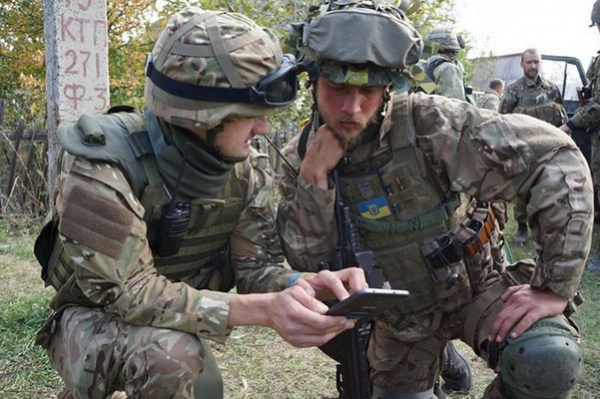
Navigation satellites
The third component of military spacecraft is navigation. Modern people are accustomed to using GPS services, which allow abandoning paper maps. However, for the military on the battlefield, the existence of a global positioning system is much more critical than for civilians.
Military units usually operate remotely from settlements, in unfamiliar areas, often at night. They need to know exactly their position in the complete absence of landmarks and the opportunity to ask the locals.
The operation of the GPS system is provided by satellites in high orbits. From the very beginning, they were designed for two modes of operation: relatively approximate (for civilians) and accurate, up to almost tens of centimeters (for the army). They work like this: the device on the ground exchanges signals with one or more satellites, and due to the accurate measurement of angles and distances determines the position of its user.
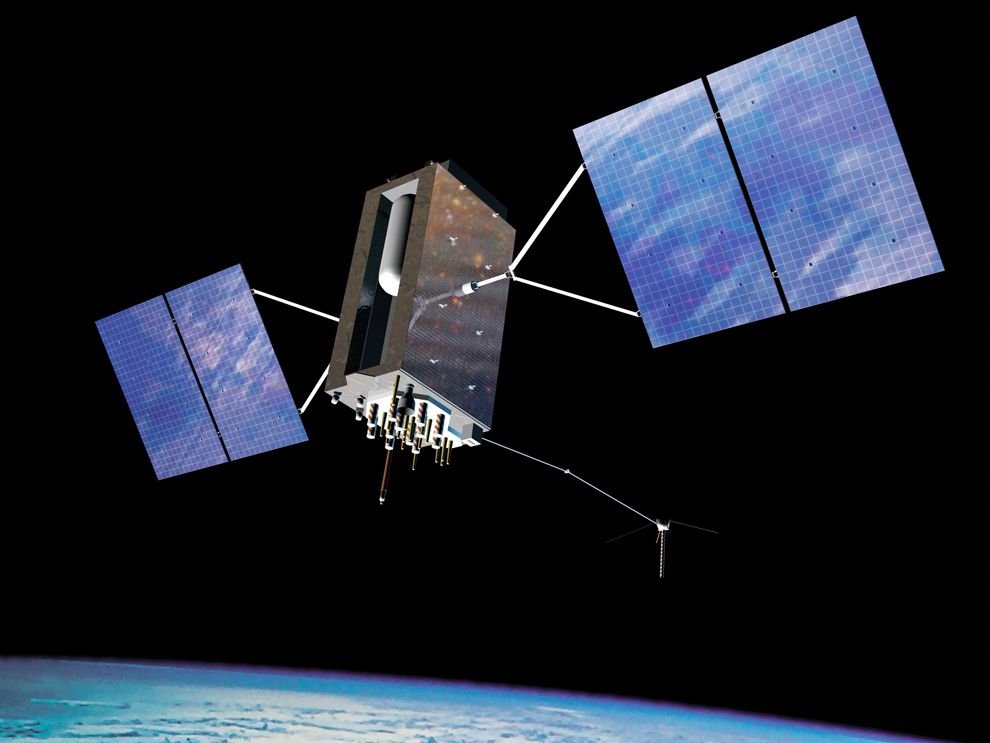
Every great power seeks to provide its army with the opportunity to use the global positioning system. And each is eager to have its very own system, so that the enemy could not distort its signal. However, in the last 30 years, only the United States has been able to bring GPS to practical use.
The Russians have repeatedly boasted that their GLONASS system is just as good as American one. However the Russian military in Ukraine are mostly equipped with 30 years-old topographic maps (which were confiscated from Russian captives), and — very rarely — with rude receivers of signals from satellites. Judging by this fact, we have to conclude, that Russia failed to provide its own cherished army with sound satellite navigation.
The struggle for digital coordinates
At the same time, the key for modern military is the information about the exact coordinates — the same digits of latitude and longitude, which are shown somewhere in the corner of the navigator’s display and which usually none of the civilians pay attention to.
Because the information that the enemy’s unit is located in the woods three kilometers west of the village of Bigdick is extremely important. But artillery since the Second World War is aimed at the enemy only by coordinates. And aviation — both traditional and unmanned — also needs the same numbers. Thus, the need for their transmission in digital form is ever growing.
The Russian-Ukrainian war is a conflict in which the major role is played by artillery and aircraft. And they are increasingly hitting “points” rather than terrain, all the while staying on the move. Much of the goal-setting work is done by specialized programs. Therefore, navigation in modern warfare is not only about obtaining coordinates, but also about targeted distribution.
Follow us on Twitter to get the most interesting space news in time:
https://twitter.com/ust_magazine

